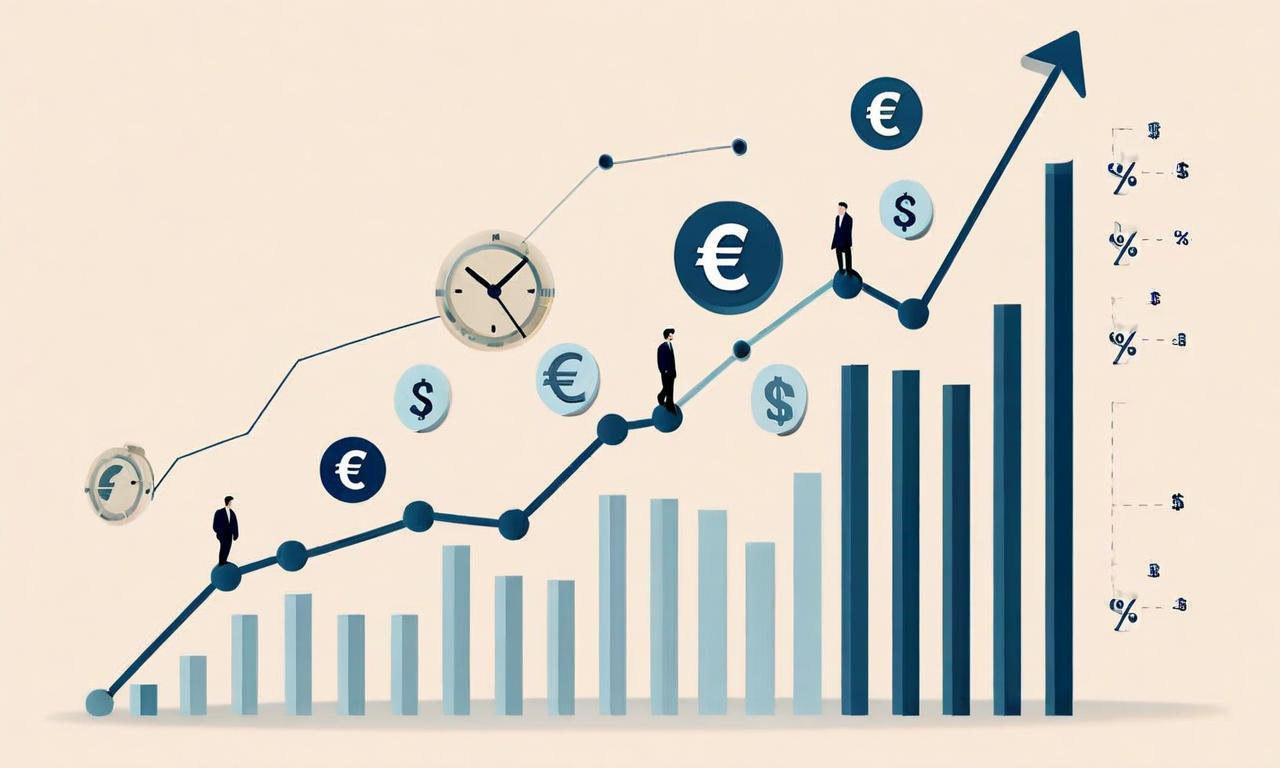Eurozone Inflation Climbs to 2.2% in September, Aligning with Market Forecasts
The Eurozone's inflation rate increased to 2.2% year-over-year in September, up from 2.0% in August, aligning with analyst expectations. The Consumer Price Index (CPI) for the 19-country currency bloc showed a monthly inflation rate of 0.1%. This slight acceleration in inflation, now above the European Central Bank's 2% target, will be a key factor in future monetary policy decisions as the region continues its economic recovery.

*this image is generated using AI for illustrative purposes only.
The Eurozone's inflation rate saw an uptick in September, meeting analyst expectations and signaling continued economic recovery in the region. According to the latest data, the Consumer Price Index (CPI) for the 19-country currency bloc rose by 2.2% compared to the same month last year.
Key Inflation Figures
| Metric | Value |
|---|---|
| Year-over-year inflation | 2.2% |
| Previous month's inflation | 2.0% |
| Monthly inflation rate | 0.1% |
The 2.2% year-over-year increase in September marks a slight acceleration from August's 2.0% rate. This figure aligns perfectly with the consensus estimates of economic analysts, suggesting that the inflationary pressures were largely anticipated by market observers.
Monthly Price Changes
On a month-to-month basis, consumer prices in the Eurozone edged up by 0.1% in September. This modest monthly increase also matched expert projections, indicating a steady but controlled rise in prices across the currency bloc.
Implications for Monetary Policy
The European Central Bank (ECB) closely monitors inflation data as a key indicator for monetary policy decisions. With inflation now slightly above the ECB's target of 2%, policymakers will likely continue to assess whether this level of price growth is sustainable and consistent with the region's economic recovery.
The alignment of actual inflation figures with analyst expectations suggests that the current economic conditions in the Eurozone are developing largely as anticipated. This could provide some reassurance to both policymakers and market participants about the predictability of the region's economic trajectory.
As the Eurozone continues to navigate its post-pandemic recovery, these inflation figures will remain a crucial metric for assessing economic health and guiding policy decisions in the coming months.

























